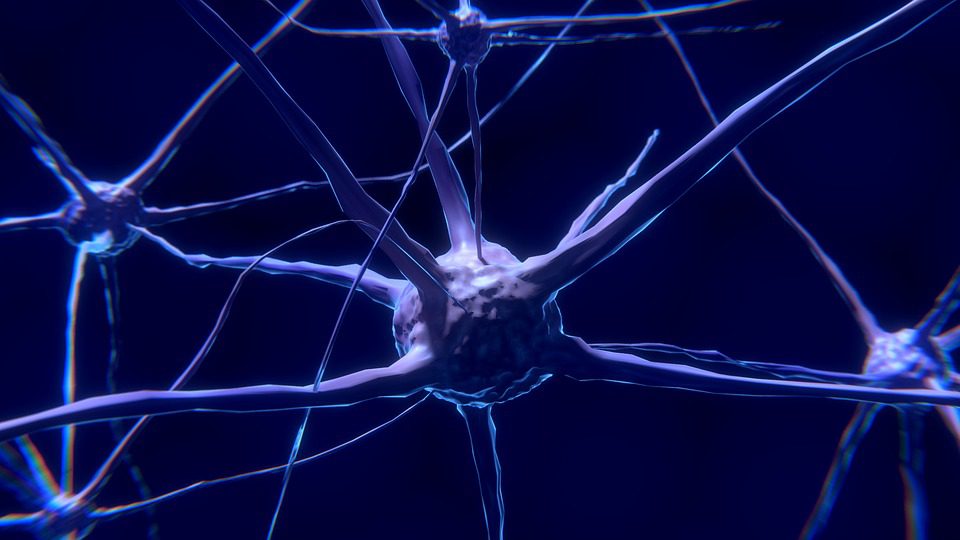Researchers think they may have proof that when people die, their life really “flash before their eyes.”
Scientists observed rhythmic brain wave patterns at the moment of death that are comparable to those seen during dreaming, memory recall, and meditation, according to the researchers. The results might explain why people have vivid life memories during near-death experiences.
They recorded 900 seconds of activity in the brain around the moment of death and focused on what occurred in the 30 seconds leading up to and after the heart stopped pumping. We saw alterations in a particular band of brain oscillations just before and after the heart ceased beating.
According to the Massachusetts Institute of Technology’s Center for Brains, Minds, and Machines, brain oscillations, also known as brain waves, are sequences of rhythmic brain activity seen in real human brains. According to the institute, these oscillations have a role in brain processes, including focusing, dreaming, meditation, memory recall, information processing, and conscious perception.
When one of their 87-year-old patients developed epilepsy, Zemmar with his colleagues employed continuous electroencephalography, a tool that analyzes brain oscillations, to predict and treat the patient’s seizures. The patient died of a heart attack throughout one of these monitoring sessions, according to the researchers. According to the researchers, this unexpected incident enabled them to capture the behavior of a dying human brain, although one that had been damaged by seizures and swelling.
Even though Zemmar, as well as his colleagues, emphasize that the results are based on a single occurrence and that they need to be replicated in bigger studies, they do reflect similar findings from a rat study published in 2013.
The brain may be performing a last recall of crucial life events shortly before we die by creating memory retrieval oscillations, similar to those observed in near-death experiences, Zemmar explained.












Leave a Reply